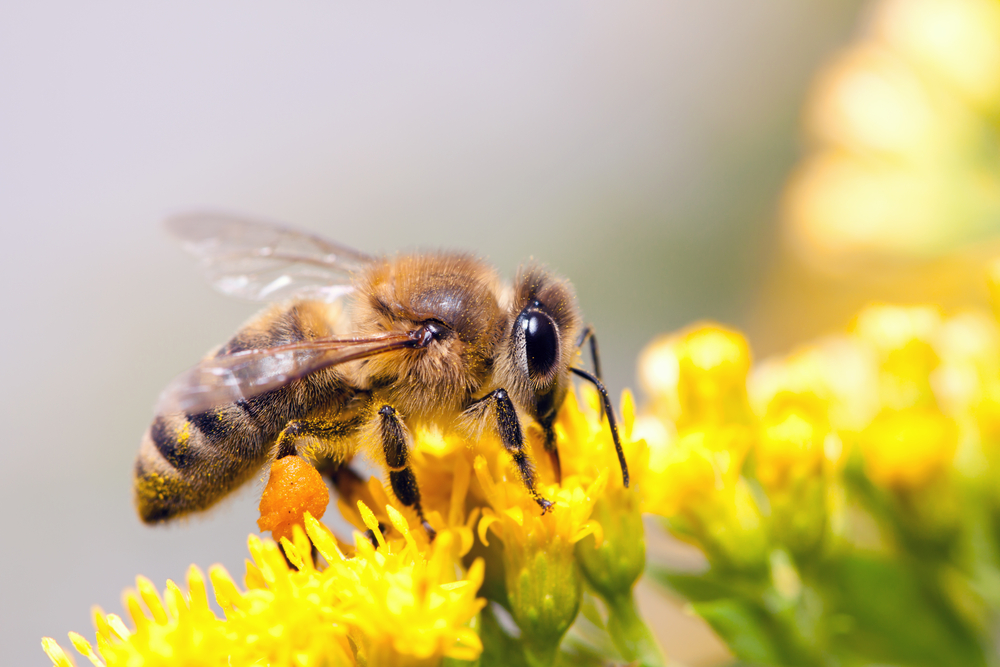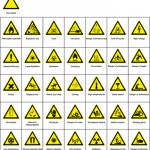Beekeeping, once primarily associated with rural landscapes, is experiencing a surge in popularity as a hobby, even in urban environments. As more people recognize the importance of bees for pollination and honey production, they are turning to beekeeping as a rewarding and environmentally conscious pastime. However, the increase in beekeeping activity in urban areas does raise questions about the potential risks of bee stings. Let’s explore how beekeeping as a hobby is on the rise and its implications for urban environments.
The Rise of Urban Beekeeping
- Educational Initiatives: Many cities and communities are implementing educational programs and workshops to promote beekeeping and raise awareness about the vital role bees play in ecosystems.
- Environmental Consciousness: With growing concerns about declining bee populations and the impact on agriculture and biodiversity, individuals are seeking ways to contribute positively to the environment, making beekeeping an appealing option.
- Access to Resources: Advancements in beekeeping equipment, such as smaller hive designs and beginner-friendly tools, make it more accessible for urban dwellers to start beekeeping in limited spaces like rooftops, balconies, or community gardens.
- Local Food Movement: The desire for locally sourced honey and other hive products aligns with the broader trend of supporting local agriculture and sustainable food practices, driving interest in urban beekeeping.
Potential Risks of Bee Stings in Urban Environments
- Increased Bee Activity: With more beehives in urban areas, there is a higher concentration of bees, increasing the likelihood of bee encounters for residents and visitors.
- Allergic Reactions: Urban environments may have a diverse population, including individuals with bee sting allergies. The presence of beehives in close proximity to homes or public spaces raises concerns about potential allergic reactions and the need for swift medical attention.
- Public Safety Concerns: Bee stings can pose safety risks in densely populated urban areas, particularly if aggressive bee behavior or swarming occurs. Proper hive management and beekeeper training are essential to mitigate these risks and ensure public safety.
- Regulatory Considerations: Local regulations and zoning ordinances may govern beekeeping practices in urban environments to address concerns related to bee stings, property damage, or nuisance complaints from residents.
Mitigating Risks and Promoting Responsible Beekeeping
- Education and Training: Beekeepers should undergo proper training and education on hive management, bee behavior, and safety protocols to minimize the risk of bee stings and promote responsible beekeeping practices.
- Communication with Communities: Open communication between beekeepers and residents is crucial for addressing concerns, sharing information about beekeeping activities, and fostering understanding and support for urban beekeeping initiatives.
- Strategic Hive Placement: Beekeepers should strategically place hives in locations that minimize conflicts with residents and ensure adequate forage resources for bees to reduce the likelihood of aggressive behavior or swarming.
- Emergency Preparedness: Beekeepers and local authorities should have protocols in place for responding to bee-related incidents, including allergic reactions, bee swarms, or hive disturbances, to ensure swift and effective intervention.
By embracing responsible beekeeping practices and fostering collaboration between beekeepers, residents, and local authorities, urban environments can reap the benefits of beekeeping while minimizing potential risks associated with bee stings. With proper education, communication, and proactive management, urban beekeeping can thrive as a sustainable and enriching hobby that contributes to the health and vitality of urban ecosystems.
Bee Stings
Bee and Wasp Stings: Bee and wasp stings typically result in immediate pain, redness, and swelling at the site of the sting. In some cases, individuals may experience allergic reactions, ranging from mild to severe.
Be Mindful of Bee and Wasp Nests: Keep an eye out for bee and wasp nests in and around your home, and take precautions to avoid disturbing them
Treatment for Bee Stings:
- Clean the Area: Wash the affected area with soap and water to remove any dirt or bacteria that may exacerbate the irritation.
- Reduce Swelling: Apply a cold compress or ice pack to the bite to reduce swelling and alleviate discomfort.
- Relieve Itching: Over-the-counter anti-itch creams or antihistamines can help alleviate itching associated with bug bites. Calamine lotion and hydrocortisone cream are popular options.
- Pain Relief: Over-the-counter pain relievers such as ibuprofen or acetaminophen can help alleviate pain and discomfort associated with bug bites and stings.
- Seek Medical Attention: If you experience severe allergic reactions, difficulty breathing, or signs of infection such as pus or increasing pain, seek medical attention immediately.
Sources:
https://bestbees.com/2022/02/16/urban-beekeeping/
https://www.perfectbee.com/learn-about-bees/about-beekeeping/consider-becoming-urban-beekeeper
https://todayshomeowner.com/lawn-garden/guides/guide-to-urban-beekeeping/









